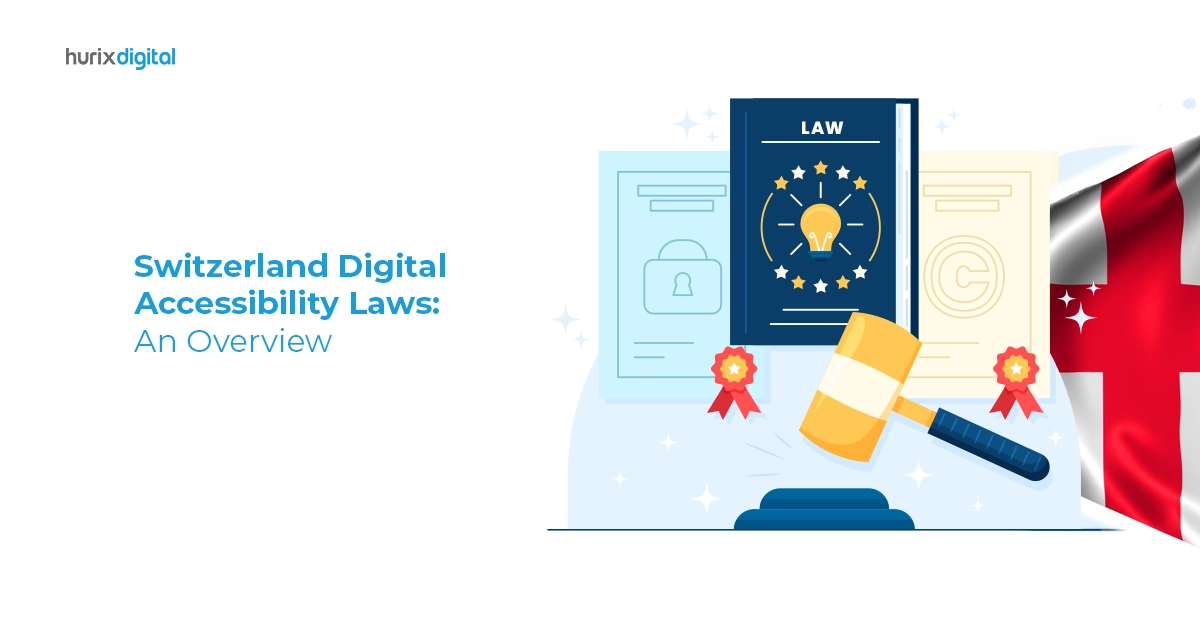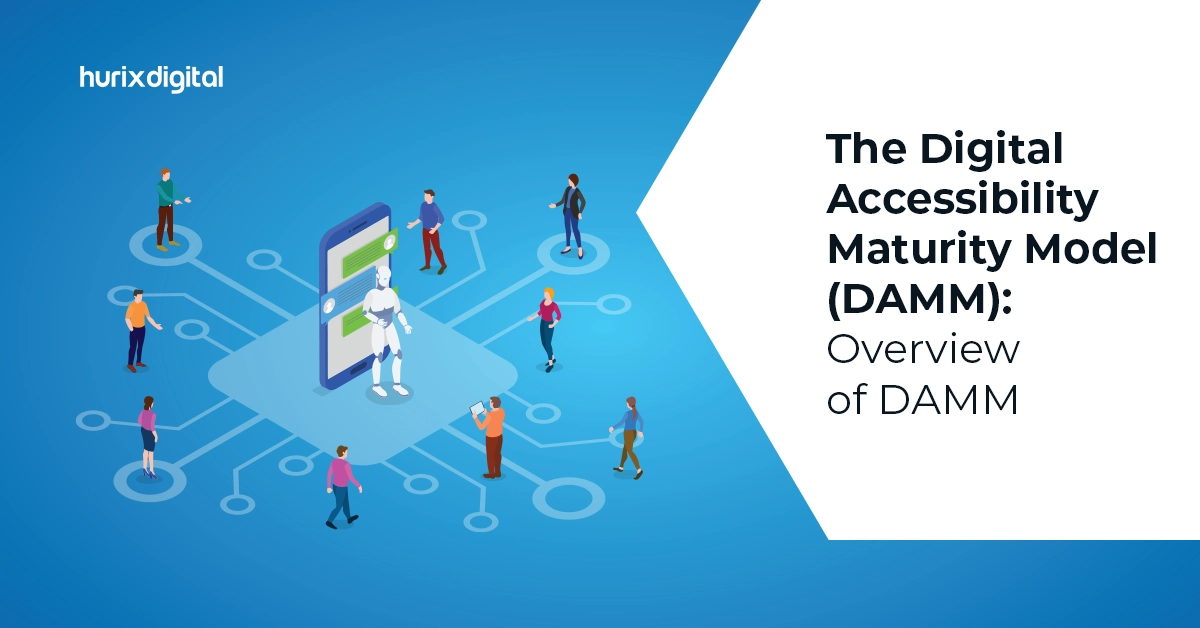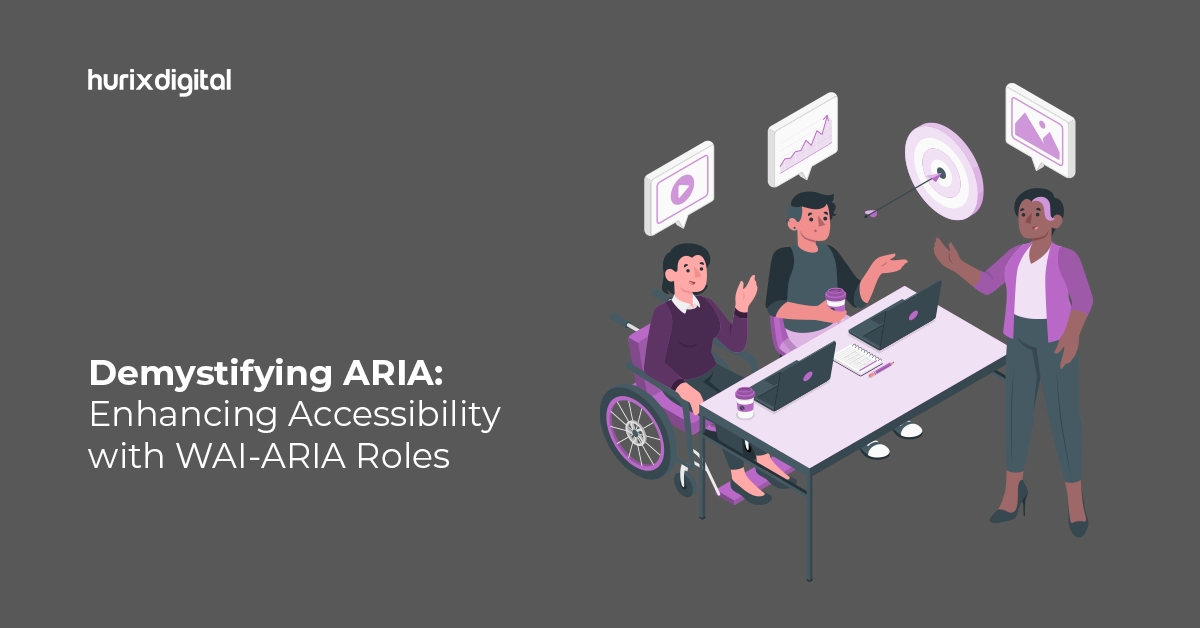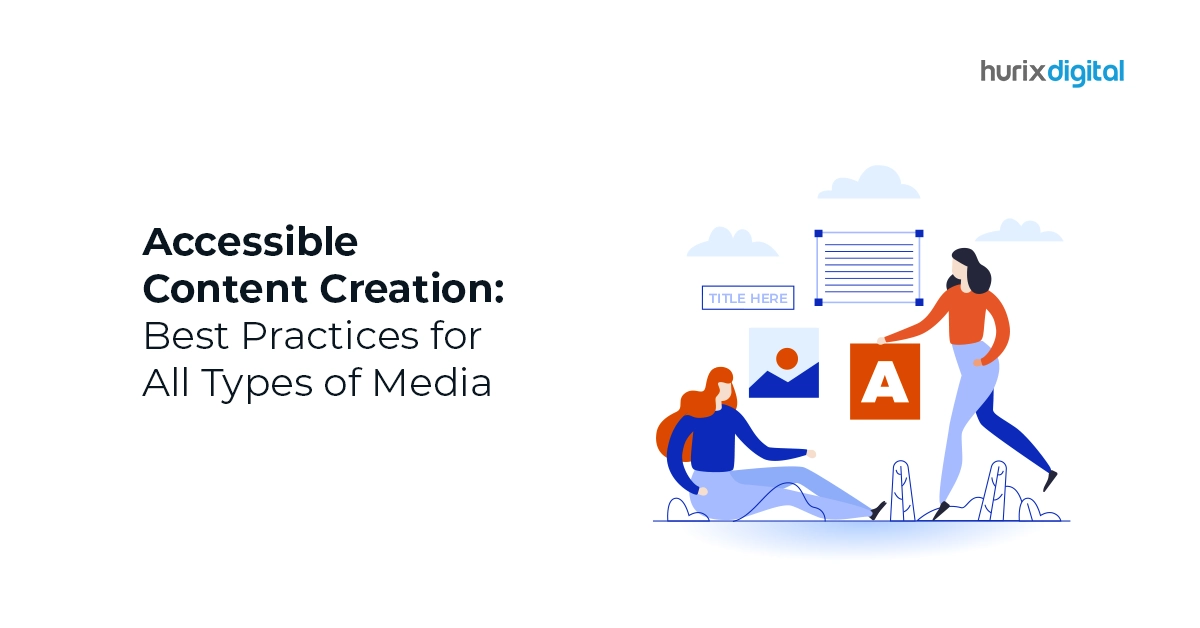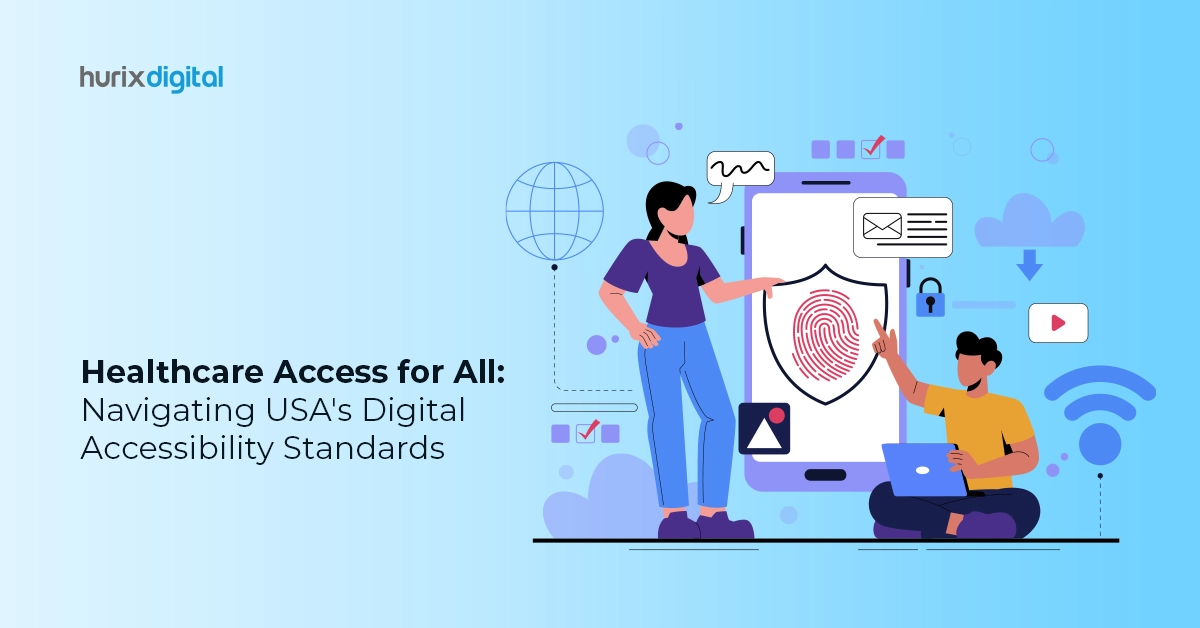The digital landscape is evolving at a rapid pace and offering a plethora of services for our day-to-day activities. Everything we want to do, from shopping to acquiring knowledge, can be fulfilled digitally. Consequently, equal and opportunistic access to digital applications and websites is not just a convenience but a fundamental right.
To create a digitally inclusive space for everyone, each country is consciously implementing digital accessibility laws. These include the European Accessibility Act 2025 in Europe, the Disability Discrimination Act 1992 in Australia, the Federal Ordinance on Barrier-Free Information Technology 2011 in Germany, The Disability Act 2005 in Ireland, the Act on Welfare of Persons with Disabilities 2008 in Korea, etc.
Similarly, Switzerland also implemented the Disability Discrimination Act for all their public sector services, digital content, and communications. Out of the 8.6 million population in Switzerland, approximately 1.8 million experience some form of disability.
If you want to know more about Switzerland’s digital inclusion and accessibility laws, you are in the right place. This article provides an overview of Switzerland’s Digital Accessibility Law. Read on to learn more!
Table of Contents:
- Disability Discrimination Act (DDA)
- Implementation of the Disability Discrimination Act (DDA)
- Penalty for Non-Compliance with DDA
- Digital Aspect of Disability Discrimination Act (DDA)
- Web Content Accessibility Guidelines (WCAG)
- Principles of WCAG
- Levels of WCAG
- Wrapping Up
Disability Discrimination Act (DDA)
Switzerland’s Disability Discrimination Act (DDA) falls under the Swiss Federal Law and prohibits discrimination on the grounds of disability. The Federal Assembly enacted DDA on 13 December 2002 and commenced on 1 January 2004.
Three ordinances concretize the DDA: the disability equality ordinance, the ordinance on the design of public transport for the disabled, and the ordinance on the technical requirements for the disabled-friendly design of public transport.
Implementation of the Disability Discrimination Act (DDA)
To ensure DDA is properly implemented, major infrastructure and architectural changes have taken place to accommodate disabled individuals efficiently. For instance, in the past few years, ramps and sporadic lifts have been installed in all train and bus stations to increase the mobility of disabled individuals. Tactic guidance paths and safety lines were also installed to help visually impaired passengers travel independently.
Additionally, under the Discrimination Act, financial resources have been allocated proportionately to all public departments to provide effective alternative measures for disabled individuals. An SSB contact center handicap has also been set up to help people with mobility issues requiring assistance. This has helped significantly in letting disabled people travel anonymously and foster a positive sense of autonomy.
Also Read: Understanding the Basics of European Union Accessibility Laws and Acts
Penalty for Non-Compliance with DDA
The Swiss government strictly ensures all public and private authorities properly adhere to the accessibility guidelines. Unlike other countries, Switzerland has very strict protocols for assessing private organizations’ compliance. Although they are not legally mandated to make special provisions for disabled individuals, the Swiss federal protocols rightly urge private institutions to take the right steps.
In case of non-compliance of public institutions, the authorities enforce the below-mentioned protocols:
- Compensation of up to 5,000 Swiss Francs for the individual who faced discrimination.
- Relevant steps from the organization on court orders to cease discrimination.
- Allocated expenditure from the federal government to support new and inclusive projects.
Digital Aspect of Disability Discrimination Act (DDA)
Apart from public institutions and transportation systems, the DDA also applies to all web platforms like websites, mobile applications, and other digital communications. The digital technical aspects of the law are based on the Ordinance on the Elimination of Discrimination against People with Disabilities. Additionally, like other countries and their digital inclusivity laws, DDA also follows the WCAG accessibility standards.
Web Content Accessibility Guidelines (WCAG)
Web Content Accessibility Guidelines or WCAG are the digital accessibility standards published by the World Wide Web Consortium (W3C). The idea behind the strategically outlined and defined guidelines is to make the Internet an inclusive space and provide equal access and opportunities to all individuals, with or without disabilities.
The first set of WCAG guidelines, known as WCAG 1.0, was published in February 2008. Since then, they have been revised multiple times with corrections and extensions based on user feedback. WCAG 2.0 was published on 25 January 2001, and WCAG 2.1 on 5 June 2018. WCAG 2.2 was finalized in August 2023 and will be released soon.
WCAG 3 lies ahead in the future and is expected to launch a more comprehensive set of WCAG standards and inclusivity guidelines. A color contrast method called the Accessible Perceptual Contrast Algorithm (APCA) is being beta-tested and will be released with WCAG 3.0.
Also Read: 6 Web Accessibility Trends for 2023
Principles of WCAG
The four principles of WCAG are Perceivable, Operable, Understandable, and Robust. Each principle follows a certain set of guidelines covering multiple elements. Some of them are mentioned here to help you understand the principles better.
1. Perceivable
- Text alternatives (for all non-text content like audio, video, graphs)
- Time-based media (captions, prerecorded audio description)
- Distinguishable (Resize test, audio control, text spacing)
2. Operable
- Enough time (interruptions, timeouts, re-authenticating)
- Seizures (three flashes, animations)
- Input modalities (target size, concurrent input mechanisms, pointer gestures)
3. Understandable
- Input assistance (error prevention, error suggestion, redundant entry)
- Readable (unusual words, pronunciation, abbreviation)
4. Robust
- Compatible (parsing, status message)
Levels of WCAG
To differentiate between the digital accessibility guidelines, WCAG is organized into three levels. All three levels provide varying levels of accessibility, starting from low to high.
The three levels of accessibility are:
1. Level A
This is the most basic level of accessibility and offers the bare minimum requirements for accessibility. Some of its basic features are text alternatives, keyboard navigation, etc.
2. Level AA
Level AA represents the middle level of accessibility and provides users with a reasonable level of accessibility. The majority of accessibility laws across the globe comply with Level AA.
3. Level AAA
This is the most advanced level of accessibility and requires technical expertise and skills for implementation. This level indicates that the content is fully inclusive and will provide the user with an immersive experience.
Wrapping Up
It is safe to say that Switzerland is taking the right initiatives to provide its citizens with a well-structured and inclusive physical and digital environment. Equal access and opportunities for disabled individuals can empower them and propel them towards a more opportunistic revenue.
If you want to know more about DDA or other accessibility laws of other countries like the EU accessibility act, American disability act, etc., you can contact us at Hurix Digital. We also provide exceptional digital accessibility services to help make your websites and applications fully inclusive.
We have a trusted global customer base, and you can be our next customer. Reach out to our experts now and get started.


